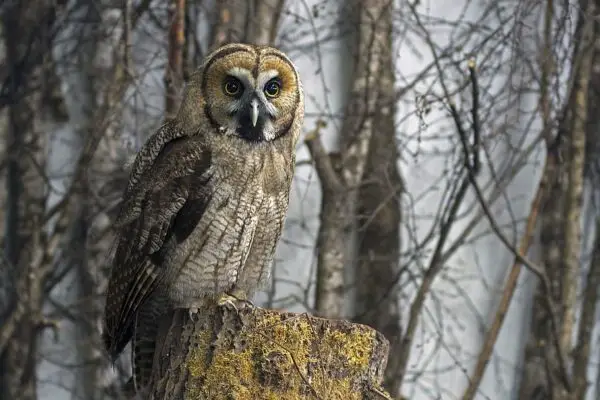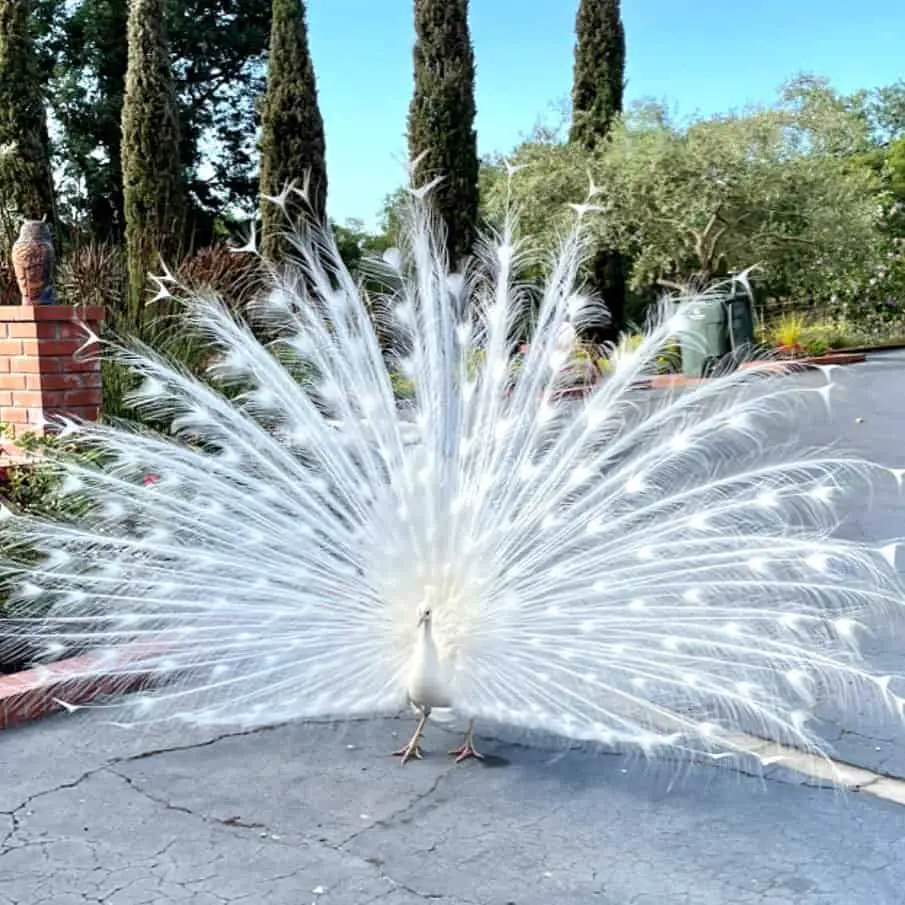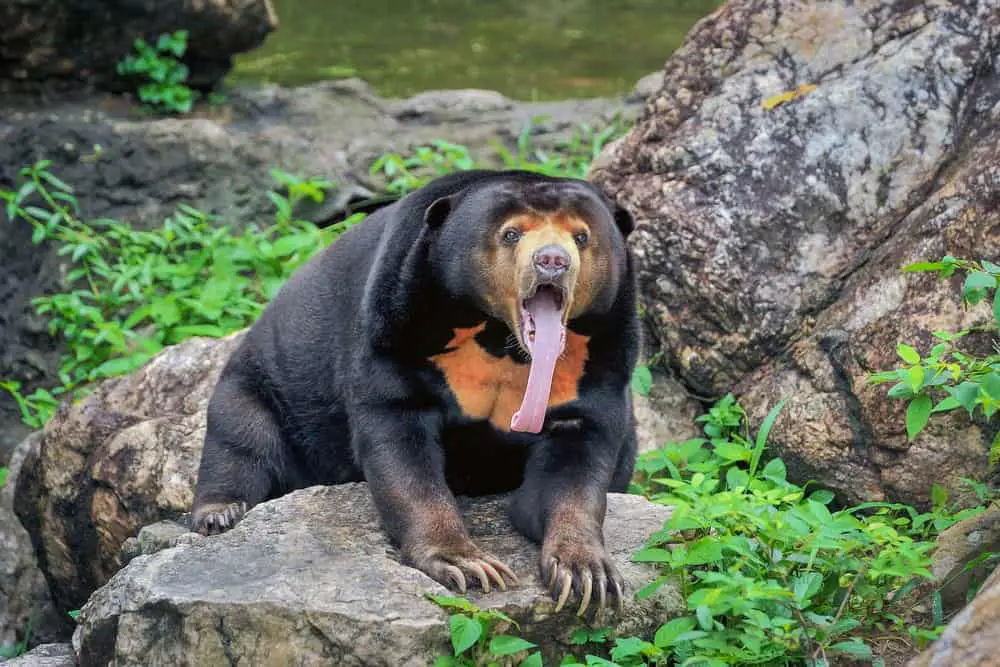It’s possible that you now have birds visiting your garden on a regular basis and are searching for strategies to attract other bird species. Alternatively, maybe you’re new to the art of bird watching and would want to know how to attract birds to a bird feeder in your backyard. You can absolutely work on strategies to get our feathered friends to come to your garden, but it will take time.
When searching for a place to live, birds primarily hunt for three things: food, water, and shelter. For the birds who are either passing through or resident in your neighbourhood, you may supply all three of those items.
Water Sources for the Birds in Your Neighbourhood
One crucial strategy for attracting birds to your garden is to provide a water source. Like everything else, you must ensure that both resident and visiting birds have access to clean water sources to prevent them from contracting potentially fatal bacterial diseases.
1. Selecting a Water Supply
The most popular feature is a bird bath, but there are other possibilities as well, such as misters and fountains. Using noise-producing sources has the benefit of attracting birds to the source since they can hear the water.
2. Several Water Sources
To entice birds of various types to visit the water sources, place many water sources around your yard. To provide the birds who visit your yard a variety of alternatives, place a bird bath in one corner, a dripper next to your plants and a mister in the shade.
3. Providing Water That Is Clean
Water quality is crucial, particularly in bird baths where contamination might occur. To prevent them from becoming a mosquito breeding ground that birds never use, be sure to clean them on a regular basis. When you have a bucket ready with scrub brushes and bleach, you are ready to start cleaning.
4. The Winter Season
It’s critical that birds have access to water throughout the winter. Bird baths sometimes freeze, but if you install a properly made heater in it, your birds will enjoy from warm water all winter long.
Offering a Variety of Food Choices
You may create some of the bird food alternatives yourself, or there are many possibilities available on the market. Remember to cultivate plants that attract insects for your visiting birds to consume, or that your birds can eat.
If you’re looking for a quick fix for “what to feed” to attract birds to a new or existing feeder in your yard, you may investigate basic seed mixes; however, less expensive mixtures often end up wasted.
The less priced mixtures, which are easily found in hardware shops, could include ingredients that are cheap for the producer to include but that the majority of birds won’t consume.
Having a wide range of food available makes it more likely that birds will visit your yard. Among the foods to think about are the following:
Seeds
To encourage various species to check out your bird feeders, provide a selection of different seeds. Popular sunflower seeds, black oil attracts cardinals and blue jays, among other birds. Additionally, you may provide items like millet, which attract several bird species.
Goldfinches may be drawn to thistle seed, also known as nyjer, but since it is so little, it has to be put in a specific feeder.
Nuts
Some bird species consume nuts, and you’ll discover that some birds, including titmice, jays, and magpies, like peanut butter as a dietary item. You may serve nuts whole or shelled, or you could simply make sure that the meal you serve is a combination that includes nuts.
Fruits
Introducing new fruit to your yard feeder might draw birds in. If the fruit isn’t being eaten, be sure to throw it in your garbage or compost pile since you don’t want it to rot outside.
Additionally, bear in mind that while birds may consume grapes, you should keep them away from domestic animals like dogs since they may get renal failure from consuming them. It may be best to forgo the grapes if you have pets.
Suet
Nuthatches and other fat-loving birds make excellent diet choices, including suet. Because it requires more energy, birds benefit most from it in the winter.
Suet is available for purchase or may be homemade. Suet is animal fat that has been processed and often contains seeds. The process of making suet involves rendering cow fat, which most butchers sell, and letting it cool in moulds or containers. Add ingredients to the mixture, such as birdseed, peanut butter, or dried fruit.
Sugar
You should provide nectar in your garden if you want hummingbirds to visit. This also appeals to other birds, such as orioles.
You may either create your own nectar or buy it to put in a speciality feeder. One part white sugar to four parts water is the recipe for nectar; boil the mixture until the sugar is dissolved. Before adding the mixture to your hummingbird feeder, let it cool.
3. Maintain Your Feeders
Ensure that you clean your bird feeders on a regular basis. This helps prevent the accumulation of leftovers and other materials, such as faecal waste, which may infect the visiting birds.
4. Organic Gardening
Include some native plant species in your garden that will provide seeds or draw in insects. This will draw additional birds to your yard, including warblers, which consume just insects instead of any seeds you may be providing. Take care not to use pesticides on your plants since they may be hazardous and prevent natural pollinators from reaching your plants, which may also provide food for your birds.
5. Offer a Range of Feeders
Make sure you have a range of bird feeders to draw in birds as part of your feeding choices. In one section of your yard, you may use a suet cage feeder, and in another, a standard seed bird feeder. Putting out a saucer might draw in other birds.
Ensuring Your Yard Provides Shelter for Birds
Providing cover and places to nest might also attract birds. They need defence against potential dangers like nearby cats and other predators.
1. The Birds’ Landscape
Plant trees and shrubs that are local to your region of the nation to make your garden a haven for birds. You may even use some plants that serve as food sources for birds to force them to do “double-duty,” as it were.
Make sure there’s space between your bird feeder(s) and any places where cats or other predators could hide. This will give your birds time to flee if needed.
2. Pile Brushes
Create a brush pile in your yard specifically for little birds, including sparrows and finches. These birds will often gather in brush piles for cover if they sense danger. Additionally, brush piles may attract ground-dwelling insects, which invertebrates can subsequently harvest for their food source.
3. Nests for birds
In your yard, you may also include bird shelters. There are many sizes of bird homes with various forms and sizes of the entry holes, depending on the kinds of birds you’re attempting to attract. Ensure that they provide defence against scavengers as well.
4. Materials for Nesting
Providing different birds with nesting materials is another great thing you can do. Some species prefer little twigs, while others use grass clippings to cushion their nests. Lint is one of the softer substrates that hummingbirds like to use to line their nests. Pet hair may be a great option for many birds to use in their nests if you brush or trim your dog.
To sum up
There are several simple things you can do to encourage birds to visit your garden. By providing a secure area for them to visit, you may gradually attract a greater number of birds to your garden. Because many birds are inquisitive, you’ll often see others making their way into your yard as soon as they hear other birds approaching.
Ensure that your bird feeders and water supplies are cleaned on a regular basis to prevent the many birds that will begin to visit you from contracting diseases from one another.
If you’re not seeing a lot of birds, examine your backyard’s surrounds. Is there sufficient cover to keep wary birds safe? If any of your frequent guests are harassing newbies, you may need to put up more feeders in your yard.
Once the birds begin to come to your yard, make sure you have a cosy spot to relax in and take in the beauty of nature.







3 thoughts on “How to Attract Birds to Feeder in Your Backyard”